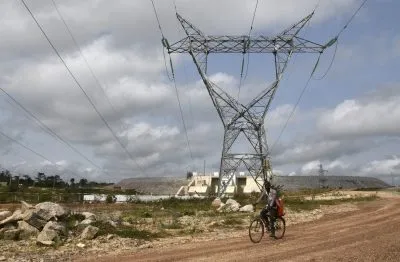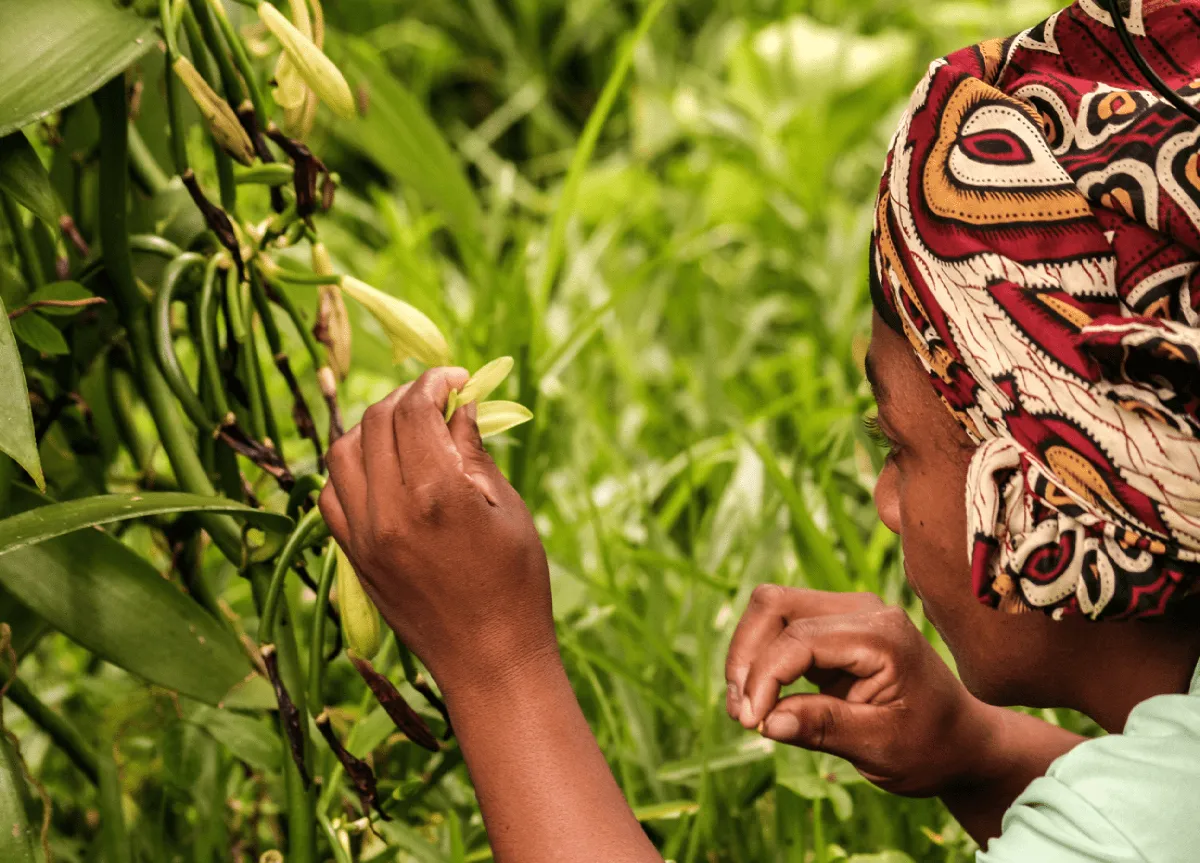Last December’s Climate Change conference in Paris saw unprecedented global agreement on tackling climate change. The agreements that were signed will not become binding until 55 governments ratify them but this looks likely to be achieved. On 2nd April, the United Nations Economic Commission for Africa (UNECA) held a meeting in Addis Ababa to discuss the implications of COP21 for Africa. All participants agreed to pursue environmentally sustainable and responsible economic development. Yet the means of achieving this still have to be worked out.
Speaking at the Addis Ababa meeting in early April, the deputy executive secretary of UNECA, Abdalla Hamdok, said: “There is now growing commitment among African countries to pursue inclusive green development. Collective commitment from across the African Union will strengthen the speed and effectiveness of such a strategic shift.” Indeed, about one third of African countries have already drawn up formal green development strategies, including Kenya, Zambia, Mozambique and Ghana, and more are planned.
Yet Africa is in a difficult position when it comes to climate change. Firstly, with the exception of South Africa, it is not really responsible for the problem. If the entire world produced as much carbon and methane pollution per capita as Sub-Saharan Africa, then there would not be a problem in the first place. Yet secondly, it is widely accepted that few parts of the world will be as badly affected by climate change as Africa. Rainfall patterns are forecast to become more irregular and temperatures in an already hot continent are expected to rise.
African governments could therefore rightly argue that it is unfair for them to forego the means of industrialisation by which the rest of the world became more prosperous merely to help the industrialised world solve a problem of its making. Although economic efficiency and the ICT (information and communications technology) boom have had an impact, there is still a close relationship between energy consumption and economic growth. Most of that energy consumption still takes the form of burning fossil fuels.
Yet the green growth debate does not only relate to climate change but to more general environmental issues, including air, land and water pollution. As China has experienced over the past 30 years, a policy of prioritising economic growth above all else comes at a heavy price. Environmental pollution is regularly rated as the biggest concern of the Chinese public, above even economic freedom, job security and access to health and education services.
Proponents of green growth argue that Africa can avoid many environmental problems in the first place if it adopts more environmentally sustainable policies. Moreover, because of the impact of poor environmental practices – on drinking water, on food adulteration and on air quality – there is a strong link between environmentally sustainable policies and socially responsible practices.
It is also argued that environmentally unsustainable practices are economically inefficient and therefore detrimental to growth. The most rapidly growing economies have generally been created by burning fossil fuels, so there is not yet sufficient evidence to support this assertion on a purely economic basis. Yet measuring quality of life – including economic wealth – is perhaps a better measure of the success of an economy than purely looking at GDP per capita.
Leapfrogging technologies
There is another sense in which Africa should benefit from green growth: in leapfrogging developmental stages. It has long been claimed that the only way in which the continent can catch up with the rest of the world in terms of economic and human development is if it leapfrogs – or bypasses – technologies and stages of development, rather than having to pass through exactly the same stages as the industrialised world.
This has already been achieved to great effect in the telecoms sector, where Africa’s very limited landline network has been largely bypassed in favour of mobile communications. The same thing is happening in banking: with mobile banking favoured, at least in East Africa, over traditional physical banking. Similarly, Africa can bypass the old ‘dirty’ technologies, helping the continent to play catch-up while avoiding the costs of adapting from one system to the next.
The most obvious way in which this is applicable to green growth is in the power sector. Power systems around the world have traditionally taken the form of large-scale power plants – whether thermal, hydro or nuclear – that carry electricity over big distances by integrated transmission grids and then distribution connections to homes and businesses.
Along with the global move towards renewable energy, there is a big trend of encouraging more localised power generation and consumption, whether through biomass plants and wind farms that supply electricity to their immediate vicinity, or solar photovoltaic panels that produce electricity for the very homes on which they are installed. This is efficient in that very little electricity is lost in transmission.
This concept is being promoted in the industrialised world but is even more applicable in African countries that lack established, comprehensive transmission grids. Solar photovoltaics (PV) is particularly well suited to use in off-grid locations and, after years of expectation, is finally beginning to take off, again in East Africa.
At the UNECA meeting, Dr Fatima Denton, director of the ECA’s Special Initiatives Division said: “Now we have an incredible opportunity to configure our own industrialisation. Africa has an opportunity to take advantage of its ‘late-runner’ status, and it has huge potential to become a front-runner in this new pathway to basically reshape its own economies and reshape it in a way that it can own.”
Thermal power plants that consume oil, gas and coal feedstock can provide much more electricity in one go than most renewable energy technologies. They have also traditionally been much cheaper, yet this gap is narrowing and it is generally accepted that, even without government support, solar PV and wind power will be cheaper than thermal at some point over the next decade, depending on location, type of fuel and investment regime.
The situation with public transport is rather different. The promotion of bus and rail travel has become a necessity for many cities as the rising number of private vehicles is producing congestion that consumes so much time for commuters that it is a drain on human and economic resources. Recent investment in Dar es Salaam’s new bus network and Addis Ababa’s light rail system is likely to be replicated by a growing number of governments. Neil Ford
Want to continue reading? Subscribe today.
You've read all your free articles for this month! Subscribe now to enjoy full access to our content.
Digital Monthly
£8.00 / month
Receive full unlimited access to our articles, opinions, podcasts and more.
Digital Yearly
£70.00 / year
Our best value offer - save £26 and gain access to all of our digital content for an entire year!
 Sign in with Google
Sign in with Google 



